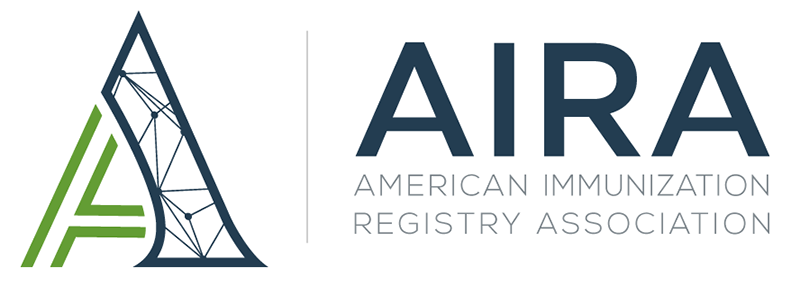- Home
- About AIRA
- Ongoing Efforts
- Events & Trainings
- Repository
- Members Only
Interoperability Course SeriesThe concept of interoperability can seem very technical, but once you start to compare interoperability with communication, you will see that many of the difficulties and paradoxes we face in human communication are also encountered in computer system interoperability. The Interoperability Course Series is designed to provide a common base-knowledge of interoperability for immunization public health professionals and technologists working in the immunization space. Syllabus, registration, and other information for available courses can be found in the links below. 1. Connecting SystemsObjective What you will learn As a result of reviewing these materials, participants will learn:
2. HL7 v2.5.1 Immunization Update (VXU) MessagesObjective This on-demand course offers an in-depth review of HL7 v2.5.1 VXU messages used for updating and querying immunization information systems (IIS). Participants will learn about use cases, key segments and fields, and VXU structure, and they will see examples of VXU messaging. The content covers message conformance with HL7 Implementation Guide standards and considerations for jurisdictional processing. What you will learn As a result of completing this self-paced course, participants will be able to:
3. HL7 v2.5.1 Acknowledgment (ACK) MessagesObjective This course is designed to strengthen the IIS community’s knowledge and skills in using ACK messages to facilitate immunization data interoperability across systems, in alignment with the National IG. The IIS core competencies* most closely associated with this course are interoperability and data quality. What you will learn As a result of completing this self-paced course, participants will be able to:
4. Provider Organization Onboarding for IIS CourseObjective The course is designed to build and enhance your capacity to conduct provider onboarding in alignment with best practices and recommendations. It aims to promote greater consistency in onboarding processes and documentation across jurisdictions, in alignment with the Onboarding Consensus-Based Recommendations and Data Validation Guide for the IIS Onboarding Process. The course is best suited for jurisdictional IIS staff responsible for provider onboarding activities (i.e., establishing an electronic interface between a provider’s EHR system and an IIS). IIS managers and other immunization program staff may also find the content valuable for gaining a better understanding of onboarding-related IIS activities. For those new to onboarding or interoperability, AIRA’s IIS Orientation to Provider Onboarding: Resources Checklist provides a helpful starting point, featuring an annotated list of key resources. Key information
*Important Note: The six-session course is in the process of being converted from a live format to an on-demand format. As of now, only Sessions one and two have been fully converted to the on-demand format. The remaining four sessions (sessions three through six) are still being developed and will be released in the near future. In the interim, learners may request live course recordings from AIRA by contacting us directly at [email protected]. We appreciate your understanding and will keep you updated as the remaining on-demand sessions become available. For more information, please email [email protected].
*See Public Health Informatics Institute (IIS) Core Competency Model at https://phii.org/wp-content/uploads/2016/03/IIS-Core-Competency-Model.pdf. |
